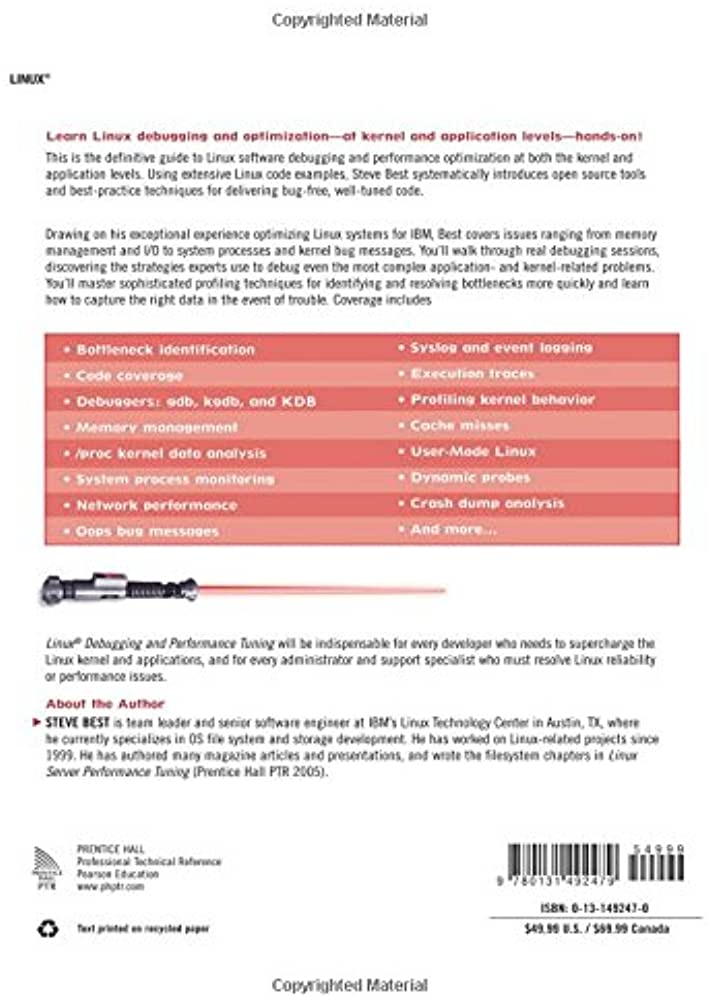Debugging is a critical part of game development, as it helps identify and fix bugs, errors, and other issues in the code. In this article, some effective debugging techniques have been discussed, such as using debugging tools like Debugger, Profiler, and Memory Analyzer, simplifying the code, using automated testing, reproducing the error, and logging and debugging messages. These techniques can save time, increase efficiency, and improve the quality of the final product, enabling developers to identify and fix bugs quickly and efficiently.
Debugging Techniques for Game Developers: Tips and Best Practices
Debugging is an essential part of the game development process. Game developers spend hours, days, or even weeks tracking down bugs, errors, and other issues in their code. Effective debugging not only saves time but also improves the quality of the final product. In this article, we will discuss some effective debugging techniques that game developers can use to identify and solve problems in their code.
1. Using Debugging Tools
One of the most effective ways to debug a game is by using debugging tools. These tools can help game developers to identify and fix bugs quickly and efficiently. Some popular debugging tools include:
- Debugger: This is a program that allows developers to step through their code line by line, examine variables, and see the values of different variables during runtime.
- Profiler: This tool measures the performance of the game by identifying hotspots and bottlenecks. It helps game developers to optimize their code and improve the performance of the game.
- Memory Analyzer: This tool helps game developers to identify memory leaks, which can cause the game to crash or run slowly over time.
2. Simplifying the Code
Game developers should simplify the code when trying to identify and fix bugs. Complex code makes it difficult for developers to see where the problem lies. Breaking down the code into smaller chunks can make it easier to pinpoint where the error is occurring.
Game developers can also use code snippets, which are small pieces of code that can help reproduce the error. This can make it easier to identify the problem and fix it quickly.
3. Using Automated Testing
Automated testing can help game developers to identify and fix errors in their code. Automated tests can run on the game code, and if any bugs are detected, the tests will fail. Developers can then examine the failed test to determine where the error is occurring.
Automated testing can also help to ensure that code changes do not affect other parts of the game. This can save a lot of time and effort, as developers do not have to manually test every part of the game after making changes.
4. Reproducing the Error
Reproducing the error is crucial when trying to debug a game. Game developers should try to reproduce the error in a controlled environment, such as a debug build or a test scene. Once the error has been reproduced, developers can examine the code to determine where the problem is.
Developers can also reproduce the error by writing a script that simulates the problem. This can help to identify the issue and fix it quickly.
5. Logging and Debugging Messages
Logging and debugging messages can provide valuable insights into issues in the game code. This can include logging the values of variables, showing error messages, or highlighting the path taken by the code. Developers can then examine the messages to determine where the error is occurring.
Developers should also use assert statements, which are checks placed in the code that will cause the game to stop running if a certain condition is not met. This can help to identify errors quickly and efficiently.
Conclusion
Debugging is an essential part of game development. Developers spend hours, days, or even weeks identifying and fixing bugs, errors, and other issues in their code. Effective debugging techniques can save time and improve the quality of the final product. By using debugging tools, simplifying the code, using automated testing, reproducing the error, and logging and debugging messages, game developers can identify and fix bugs quickly and efficiently.
